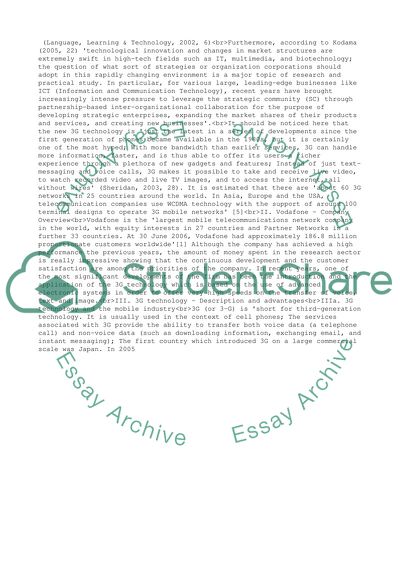Cite this document
(“Mobile phone technology Case Study Example | Topics and Well Written Essays - 5250 words”, n.d.)
Retrieved from https://studentshare.org/business/1503816-mobile-phone-technology
Retrieved from https://studentshare.org/business/1503816-mobile-phone-technology
(Mobile Phone Technology Case Study Example | Topics and Well Written Essays - 5250 Words)
https://studentshare.org/business/1503816-mobile-phone-technology.
https://studentshare.org/business/1503816-mobile-phone-technology.
“Mobile Phone Technology Case Study Example | Topics and Well Written Essays - 5250 Words”, n.d. https://studentshare.org/business/1503816-mobile-phone-technology.


